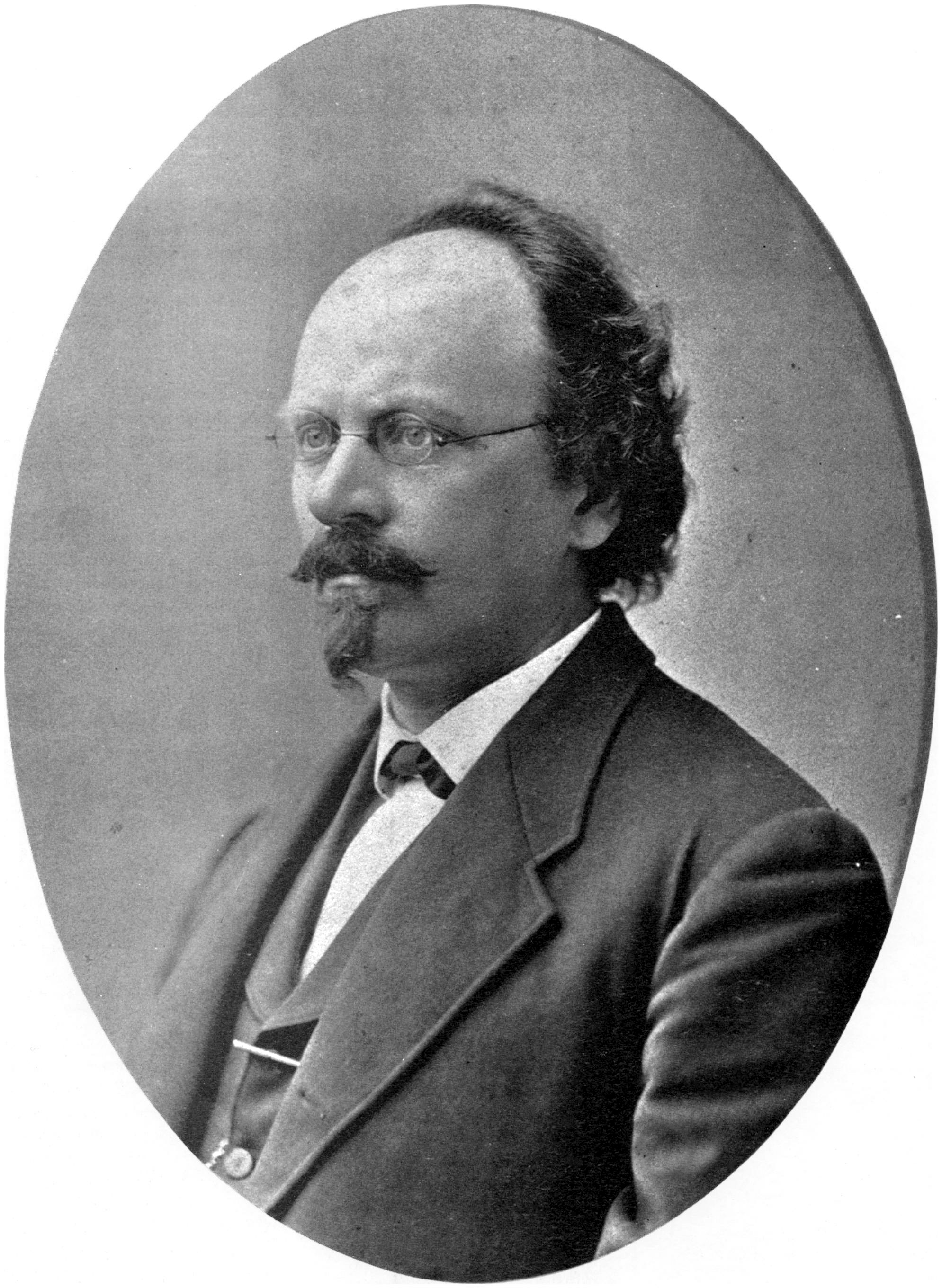Adelbert J. Volk
One well-known Forty-Eighter is found even among the adherents of the Southern cause: Dr. Adalbert John Volck.85 His house in Baltimore became a rendezvous for Southern sympathizers in the earlier years of the War, and at times he offered Confederate soldiers a hiding place there. Further than that, Volck actively assisted in smuggling medical supplies into the South. Suspicion fell on him so definitely, that in 1861, at the instance of General Butler, he was for some time incarcerated in Fort McHenry.86 It was as a caricaturist that Volck gained his chief importance during the Civil War. Quite consciously he attempted to counteract the influence of the famous cartoonist on the Northern side, Thomas Nast, who also happened to be a German Forty-Eighter. Under the pseudonym, “V. Blada,” he published a series of cartoons, in which he attempted to heap ridicule on the Union, especially on President Lincoln and General Butler.87 His Cofederate War Etchings and his Sketches from the Civil War in which he shows markedly artistic gifts, were of considerable aid to the cause of the South. It was either he or his brother, the sculptor Frederic Volck, who made the famous bust of Jefferson Davis which was engraved on the ten cent stamps of the Confederacy.88 Adalbert Volck's sketch of Stonewall Jackson was very popular in the South and his portrait of Robert E. Lee hangs in the Valentine Museum in Richmond, Va. Volck continued in his love for the South to the very end of his days, displaying it also in another art at which he later tried his hand, the work of the silversmith. The last significant work he undertook in this field was a memorial shield, completed in 1909, three years before his death: “To the Women of the South—As a continual reminder ... of the splendid example of self-sacrifice, endurance and womanly virtues displayed during the war between the States.” Volck is particularly interesting because he was an exception to the vast majority of the liberal Forty-Eighters who favored the side of the North.
- Footnotes:
- 85 Adalbert J. Volck (1828-1912), was born in Augsburg, Germany. After his participation in the Revolution of 1848 in Berlin he had to flee Germany and came to the United States in 1849. Following a two-years' stay in the Middle West he was called in 1851 as instructor to the Baltimore College of Dental Surgery. He was a Charter member of the Maryland State Dental Association and a founder of the Association of Dental Surgeons. See Dictionary of American Biography, Encyclopedia Americana (1939), Vol. 28, pp. 172 f. A full account of his life and work is given by George C. Keidel in Catonsville Biographies published in the Catonsville, Md., Argus, Oct. 2-Nov. 20, 1915.
- 86 When after the conclusion of the War General Butler was a candidate for the governorship of Massachusetts Volck's caricatures helped considerably in bringing about his defeat.
- 87 Albert Shaw, Abraham Lincoln. A Cartoon History (New York, 1929), I, pp. 12, 63; II, pp. 236, 253.
- 88 August Dietz, The Postal Service of the Confederate States of America " (Richmond, Va., 1929), p. 222.
